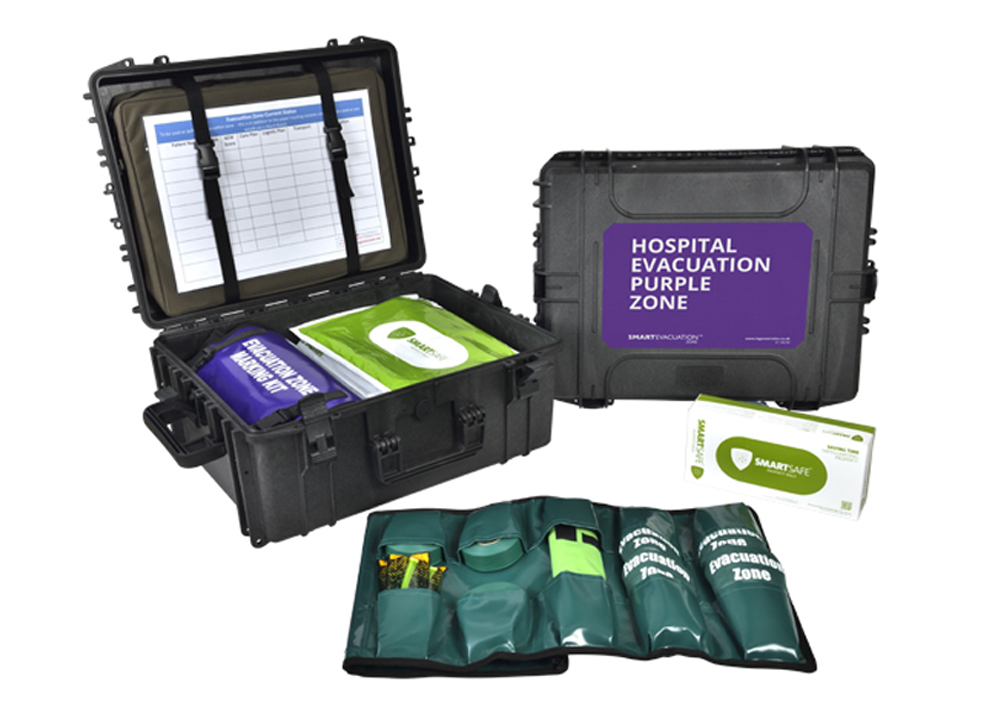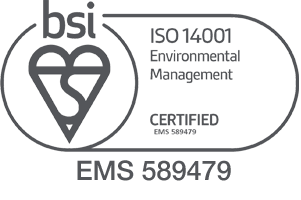


09/06/2020
TSG Associates launch new hospital evacuation system, SmartEvacuation™
Hospital evacuation is something that many of us are totally unaware of. Usually because they are partial and it is reported locally rather than nationally.
That said, it is a situation that happens regularly for a variety of reasons:
- Fire
- Flood
- Power outage
- Suspect package
- Bomb threat or unexploded WW2 bomb
- Gas leak
The result is usually a partial hospital evacuation, either horizontal or vertical.
NHS England issued the NHS England EPRR Planning for the Shelter and Evacuation of people in healthcare settings procedure guidance document in 2015. There was however, no ‘system’ in place or available to deal with such events, leaving hospitals and care homes to come up with something.
North Cumbria University Hospitals NHS Trust approached TSG Associates with the issue. The system was designed, tested and presented at the first national EPRR conference at the Oval in 2017 by Jan Wharton, Head of Resilience and Urgent Care Development, and Gareth Black, Emergency Planning Officer from North Cumbria University Hospitals NHS Trust.
- The Ward is used as a base unit and can be used for partial or whole hospital evacuation.
- Tasks for staff are broken down into easily achievable assignments.
- Each patient is triaged.
- A suitable chain of care for each patient is identified and can be evidenced.
- Closed loop traceability for where each patient goes from and what care facility they go to.


%202.png)






